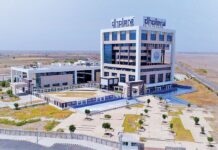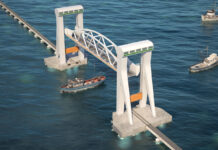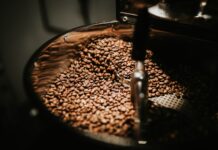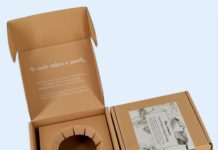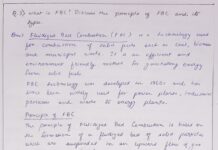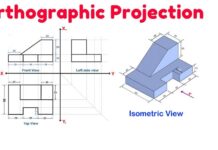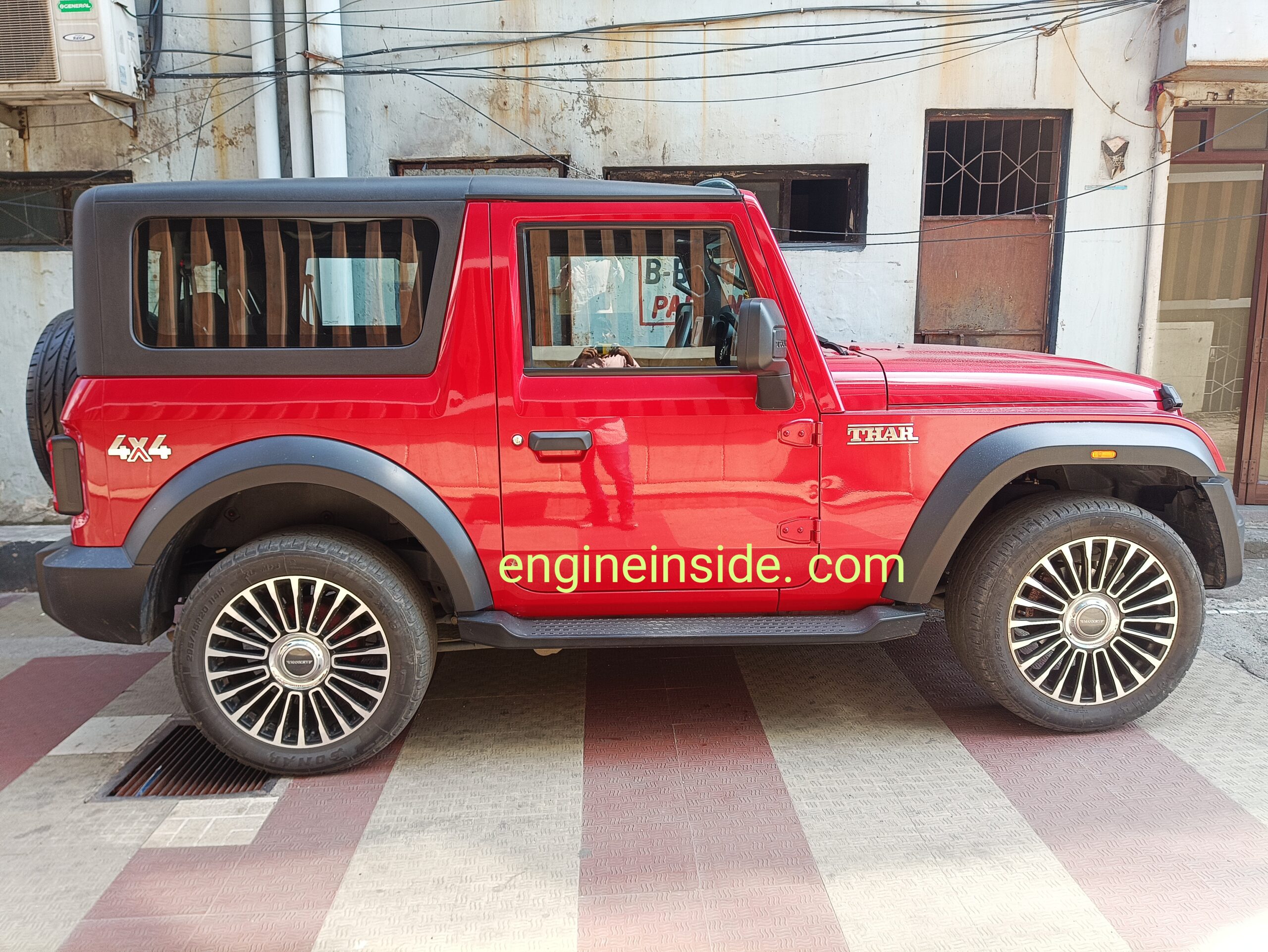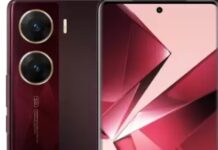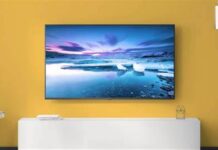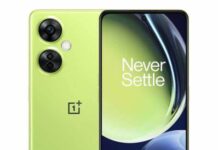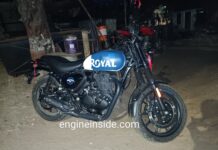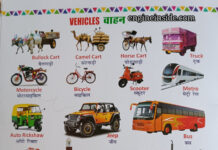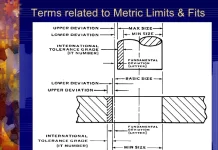Non Ferrous Metals and Alloys – Properties and Uses :
Non-ferrous metals and alloys do not contain any significant quantity of iron. The most common non ferrous metals used in engineering applications are copper, aluminium, tin, lead and zinc. Nickel, magnesium and antimony are also used for alloying the aforesaid non-ferrous metals.
Copper.
Copper is a corrosion resistant metal of an attractive reddish brown colour. It is an extremely good conductor of heat and electricity. It can also be drawn in wires, beaten into sheets and plates. Hence, it is extensively used in electrical industry for making armature coils, field coils, current carrying wires, household utensils etc. But its great usefulness lies in the fact that it alloys with zinc, tin and nickel to yield brass, bronze and cupro-nickels respectively which are widely used in engineering industry.
Copper, as such, is used for many decorative items.
Not much of copper is available in India. We import at least 50–60% of our requirement every year.
Aluminium.
Aluminium metal is difficult to extract from its main ore called bauxite. However,
bauxite is available in India very plentifully and we have a thriving aluminium industry. Aluminium is also very corrosion resistant (because an adherent oxide layer protects it from further oxidation). It is again a very good conductor of heat and electricity (although not as good as Cu). It is ductile and malleable and is much cheaper than copper. Hence, it has all but replaced copper wires for transmission
of electricity. It is also used for household utensils including pressure cookers. However, since it can be converted into thin foils, it is now extensively used for beverage cans and in packaging industry. Its density is about a third of steel, hence it is also used for aircraft and helicopter frames and in transport vehicles.
Sometime ago, in India, 1, 2, 5, 10 and 20 paisa coins were made of an aluminium-magnesium alloy. Aluminium forms a series of alloys with magnesium, which are harder and stronger than pure aluminium.
Tin.
It has an attractive silvery white colour. It has very good resistance to acid corrosion.
Before the advent of plastic tin coated steel sheets of thin gauge were used for manufacture of tin-containers for storage of ghee, mustard and other oils. Today tin is mostly used for alloying purposes. Tin and lead melted together give a series of soft-solders. Tin has a low melting point.
Lead. Lead is a heavy metal with dull grey appearance. It has good corrosion resistance and has got good malleability. In Europe, it was extensively used for roof protection. It was also used in plumbing. It can withstand sulphuric acid and previously this acid used to be stored in lead lined vessels. It has self lubricating properties. It was therefore used in lead-pencils.
Sometimes, a small quantity of lead is added to steel and tin bronze to impart free cutting properties.
Zinc.
Zinc possesses a bluish grey metallic appearance. It has high corrosion resistance. In fact,
steel sheets are often covered by a thin coating of zinc. Such zinc coated sheet are known as galvanised iron sheets (G.I. sheets). The zinc coating provides protection to steel sheets from corrosion for many years.
Zinc has a low melting point and high fluidity making it suitable for items to be produced by die casting process. Zinc is incidentally much cheaper than either copper or tin; making brass, an alloy of copper and zinc much cheaper than copper or tin-bronze. Zinc is also used in torch light batteries.


